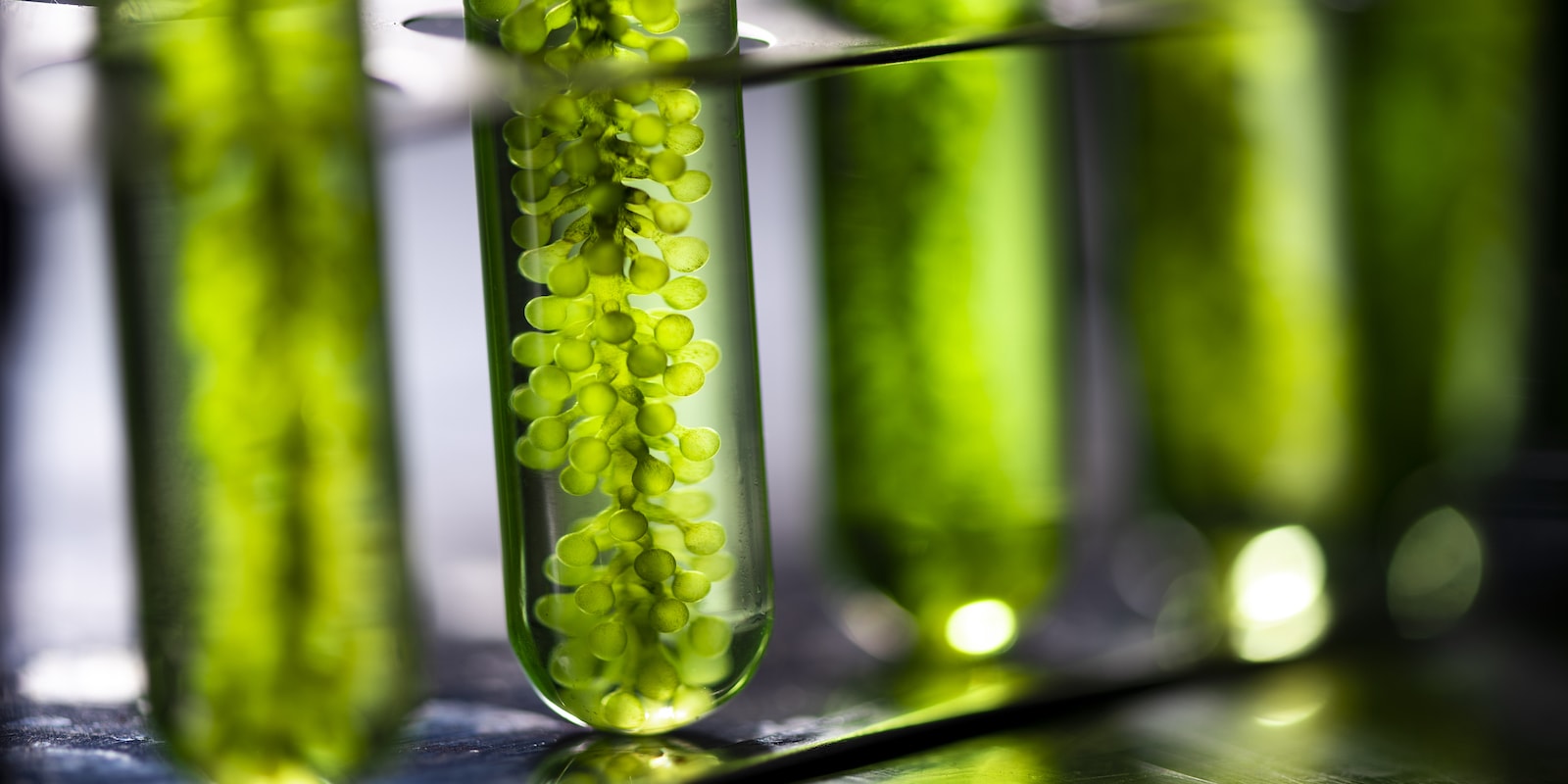Tuesday, September 12, 2023
For years we have been searching for alternatives to fossil fuels to help decarbonize transportation. In this respect, biofuels, produced from organic matter and waste, are one of the most interesting alternatives.
However, to be produced they require raw materials in large quantities, so the necessary resources must be found. This is precisely what Spanish researchers are working on. Specifically, a team created by the Instituto Tecnológico de Canarias (ITC) and the Cepsa Research Center, which are making progress in work to produce biofuels from microalgae.
The premise of this project, which is still in the basic research phase, is essential: to demonstrate whether, through the cultivation of microalgae, biofuels can be produced to contribute to decarbonizing land, sea and air transport, as well as chemical biocompounds in Cepsa's Energy Parks.
Sustainable and circular production
The whole process starts in Las Palmas, where ITC cultivates the microalgae in its facilities in open ponds at two scales: one with 250 liters and the other with 1600 liters. Two different strains of native algae will be cultivated: one in freshwater using wastewater from a wastewater treatment plant (WWTP) and the other in saltwater from the mixing of WWTP wastewater and brine from a desalination plant. This takes advantage of the circularity of water and reduces consumption.
The microalgae produced at both facilities will be subjected to hydrothermal liquefaction(HTL) technology, a process that consists of treating the wet biomass of the microalgae at a high temperature and pressure to "convert the biomass into biocrude," explains Asier Panadero, researcher in charge of the Microalgae Project at the Cepsa Research Center, where the optimal conditions for the HTL process are being studied with the microalgae involved.
This technology "transforms the components of the microalgae (proteins, lipids and carbohydrates) into simpler molecules, which are mainly concentrated in an organic phase (biocrude) that is immiscible with water. This biocrude has to be subsequently refined to remove the contained oxygen and nitrogen, in order to obtain end products in the form of biofuels and biocompounds which are highly valuable for the chemical industry," the expert points out.
Here, the work of the Cepsa Research Center continues; it will be responsible for analyzing and demonstrating the viability of refining this biocrude, which will be treated through co-processing, hydroprocessing and catalytic cracking techniques, obtaining the biofuel and the chemical biocompounds.
Biofuels can reduce CO2 emissions by up to 90% compared to traditional fuels.
The focus of this research, in addition to being completely new, aims to implement more sustainable and respectful energy production processes. "This type of biofuel allows a reduction of up to 90 % of2 emissions compared to traditional fuels," Panadero points out. Specifically, "it is normally assumed that microalgae absorb 1.8 kg of CO2 per kg of dry biomass. In this respect, with the production of one hectare of microalgae cultivation, 72 tons of CO2 are reduced per year, which is equivalent to the carbon dioxide absorbed annually by 3,000 trees,” he adds.
The project began in January of this year and is scheduled for completion in the third quarter of 2024. If everything goes as expected and the results are fruitful, its potential scaling up will be studied.
100% renewable energy
This project represents another alternative to existing first and second generation biofuels. First-generation biofuels come mainly from vegetable oils (palm, rapeseed or soybean), while second-generation biofuels are made from organic waste that is not used as food, such as used cooking oils or agricultural waste, among others.
The idea behind using microalgae here is that the materials used in the production of these biofuels are not used in other industries. In addition, its origin is 100% renewable and, as algae areCO2 fixers, it contributes to reducing carbon emissions.
Its origin is 100% renewable and, as algae are CO2 fixers, carbon emissions are reduced.
On the other hand, the possibility of giving a second use to the water produced in the HTL process is also considered, to feed the microalgae cultivated in the pools in order to stimulate their production. This is water with a content of organic compounds that can be valorized to increase the viability of the project, as well as its circular nature, since the water is not managed as waste.
¿Te ha parecido interesante?






